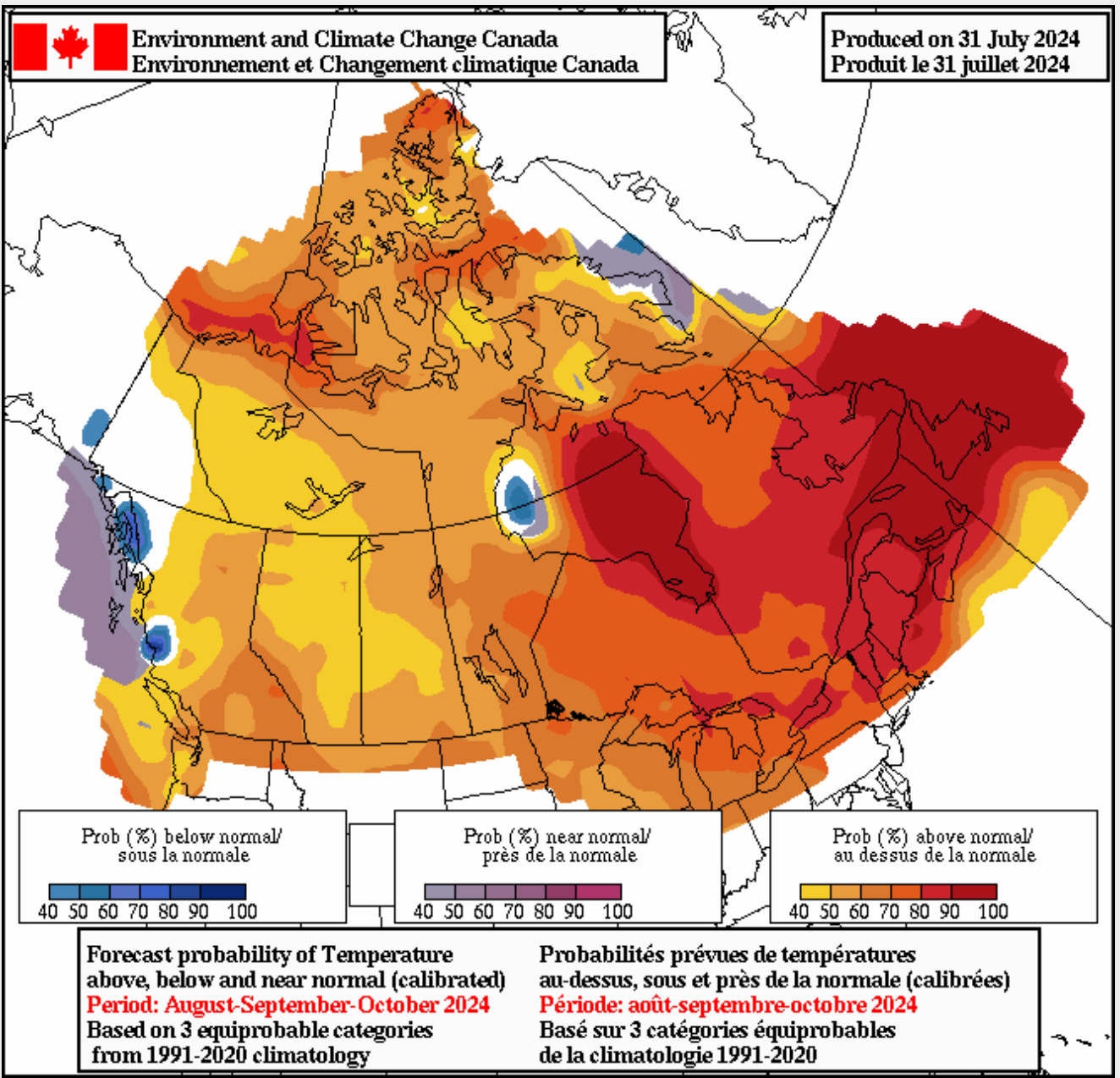Author: Rachel Wadden
Date: August 17th, 2024

Area of Impact:
Atlantic Canada
Article Information and Location:
Canada draws link between June heat wave and climate change with new attribution analysis
Benjamin Shingler, CBC, July 9, 2024
INTRODUCTION
The end of June is a critical time for most, marking the beginning of summer as classrooms close, and plans are made for the July-first long weekend. Whether you are celebrating a graduation, vacation time off, or simply having a spare moment to breathe the summer air, happy spirits can be felt throughout much of Canada at the end of June. However, June 2024 told a different story as these celebrations and relaxing breaths were suffocated by intense heat throughout much of Eastern Canada. With over 100 heat records broken on June 19, the Canadian government was required to take some action to explain these boiling temperatures.
If you face a similar problem to many Canadians, living in a rental unit without an air conditioning system, then you understand that heat waves do not only impact your movement outdoors but permanently melt your chocolate bars, condemn your leather couches to be covered by sheets, and replace enjoyable warm showers with multiple cold ones throughout the day. Canadians are no strangers to growing heat; summer 2023 brought along record-breaking temperatures and an intense wildfire season across the country. Less than a month into summer 2024, many of these records have been surpassed. As worry and debate grow alongside this heat, Environment and Climate Change Canada (ECCC) has taken strides to shed insight into Canada’s climate situation. This insight takes the form of a new pilot program using rapid extreme weather attribution.

A heat map, image adapted from Environment and Climate Change Canada
INFORMATION AND SIGNIFICANCE
Weather attribution uses climate simulations to compare the climate of the pre-industrial 1870s with today’s climate. Analysis of these simulations gives researchers a description of the connection between recent extreme weather and climate change. The current study of the June heatwave revealed that human-caused climate change made this high heat much more likely, increasing the chance of these extreme temperatures by two to ten times. The ECCC simulation also categorized the discussed heat wave by abnormally high daytime temperatures, high humidity, and warmer nighttime lows, characteristics that make the heat impossible to escape.
While it is the first in Canada, this study is not the first of its nature. The pilot program adds to a more extensive network of rapid attribution studies, a system based on peer-reviewed techniques. While the process does not definitively state whether climate change solely produced a weather event, the statistical result shows to what extent human activity increased the likelihood of this event. While other countries have performed similar attribution studies for their own worrisome weather events, Canada is reportedly the first country to commit to continuing these studies on an ongoing basis. The ECCC has also committed to moving beyond extreme heat and studying the sources of extreme precipitation and cold temperatures in the near future.

Although excited to see the government allocating time and resources to the changing climate, many Canadians may be left questioning how this information helps climate mitigation. Frederike Otto, co-founder of the U.K based group World Weather Attribution (WWA), explained to CBC how impactful this knowledge can be, specifically for groups that may attribute extreme weather to “an act of God or just bad luck with nature.” Otto emphasizes that these extreme events will continue and that new infrastructure is required to survive the growing heat. Examples of such infrastructure include planting more trees in particularly hot urban areas or creating accessible cool spaces to ensure vulnerable populations do not suffer from heat stroke. Solely possessing these statistical analyses may not combat climate change, but can move the government to make positive decisions in terms of new infrastructure and policy.
CONCLUSION
While this pilot program is a step in the right direction for climate mitigation, it is the decisions that result from the statistical data that will make the most difference. As Canadians can not escape the heat, we should not escape this knowledge and these conversations as well. Human activity does play a part in the rising temperatures globally, and therefore humans must take action to protect ourselves from the dangers that result. It is time to redirect this heat towards change and work together towards a cooler future.
